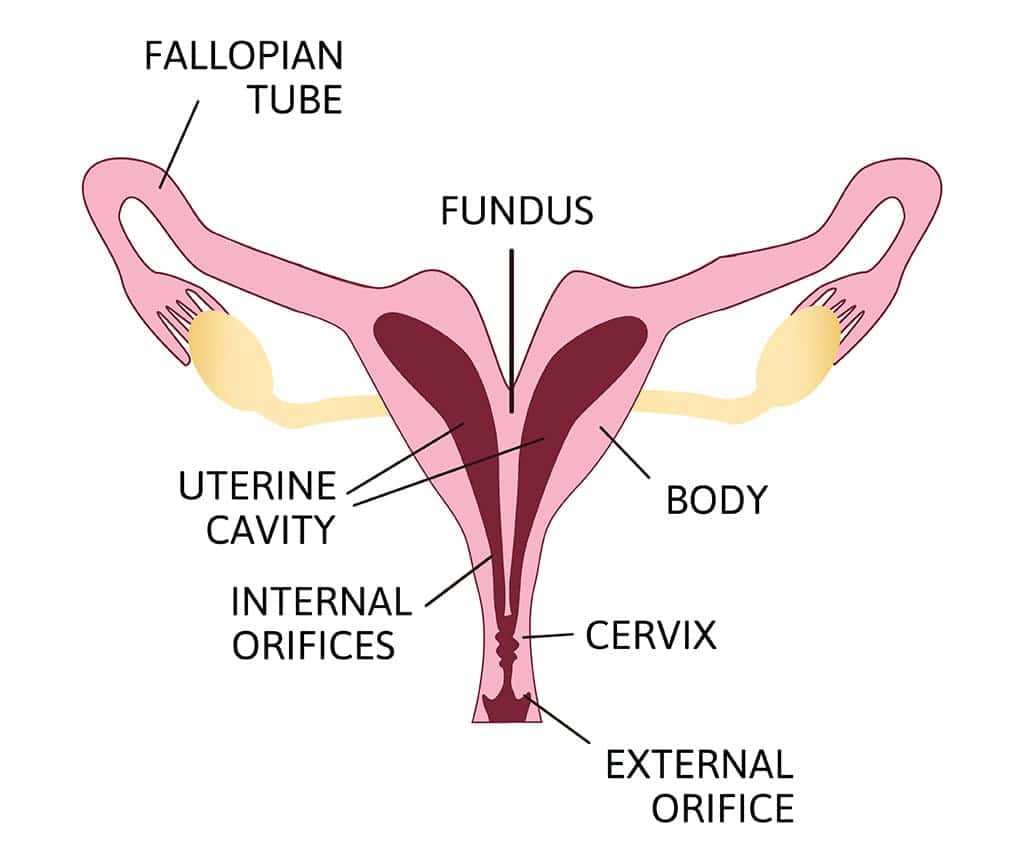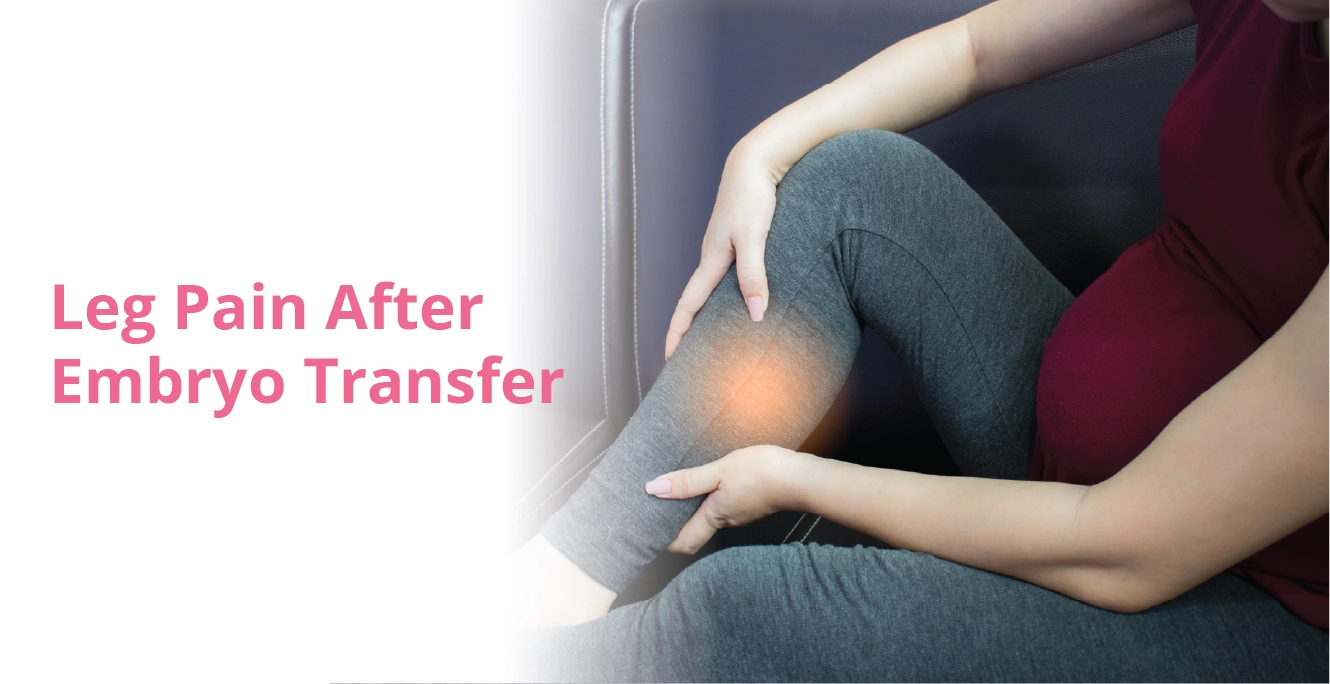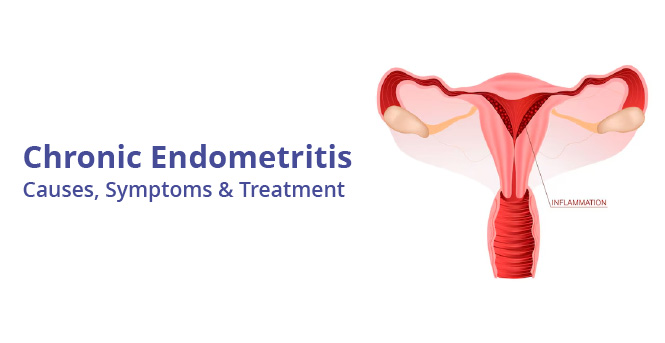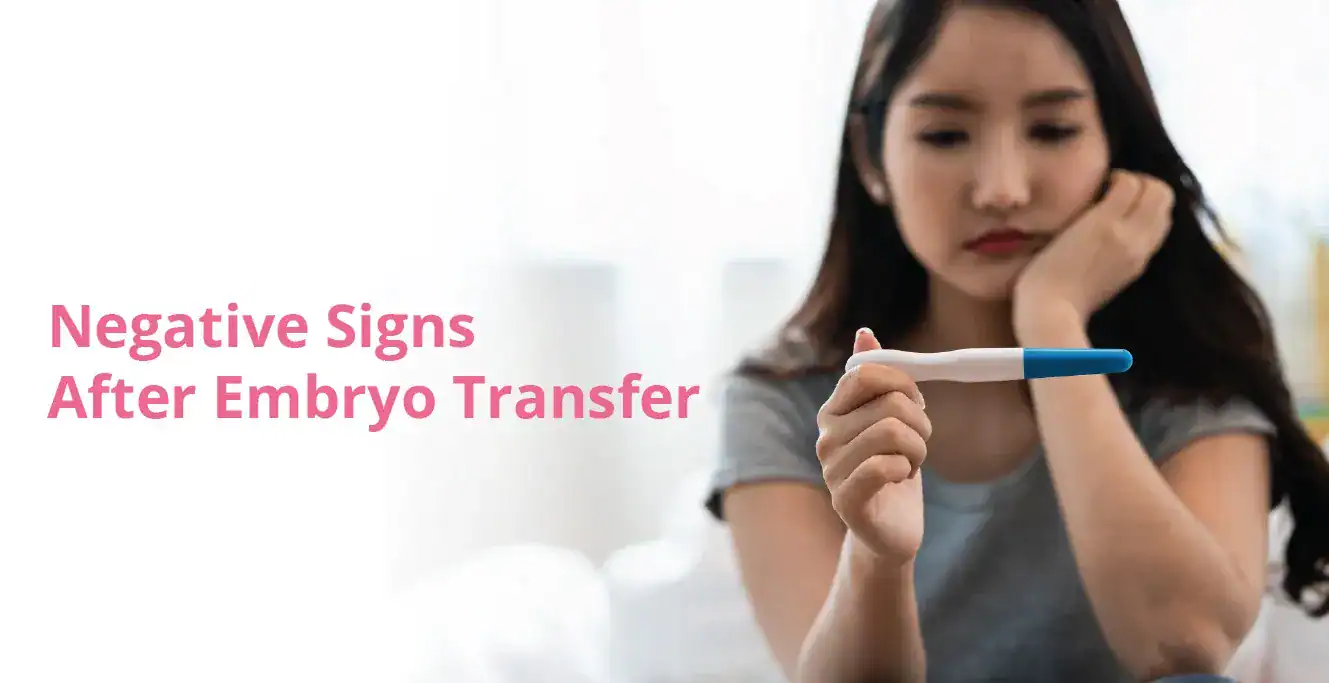
Uterus Didelphys (Double Uterus): Causes, Symptoms, and Treatment

Table of Contents
Any woman who comes to know that she has two uteruses will be surprised, right? While uterus didelphys is not a term you hear every day, it is a real condition that affects some women from birth. Most do not even know they have it until they face challenges with their periods, fertility, or pregnancy.
If you have been diagnosed with uterus didelphys or suspect you might have it, it is natural to have a lot of questions. Can I get pregnant? Will it affect my health? Do I need treatment? You are not alone in wondering all this. Let’s walk through everything you need to know, from symptoms to pregnancy possibilities, clearing up your doubts along the way.
Difference Between Uterus Didelphys and Bicornuate Uterus
While both conditions involve abnormal uterine development, they are different in the following ways.
| Feature | Uterus Didelphys | Bicornuate Uterus |
| Structure | Two separate uteruses, each with its own cavity | One uterus with a partial division, forming two horns |
| Cervix | Usually, two cervix are present | Typically one cervix |
| Impact on Pregnancy | Higher risk of complications | Lower risk than uterus didelphys |
Symptoms of Uterus Didelphys
Many women with uterus didelphys may not experience noticeable symptoms. However, some common signs are
- Painful periods
- Pelvic pain
Causes of uterus didelphys
The development of uterus didelphys occurs when a female baby is in the fetal stage.
The two Mullerian ducts do not proceed to fuse, which is normal. Instead, they stay independent of each other and then grow into two separate uteruses.
Medical science has not been able to determine why the ducts do not proceed to fuse.

How Does Uterus Didelphys Affect Menstrual Cycles?
Since there are two uteruses, some women may experience two separate menstrual flows, which could result in:
- Heavy periods
- Irregular cycles
- Menstrual cramps that feel stronger or affect different areas
Can Women with Two Uteruses Get Pregnant?
Yes, women with uterus didelphys can conceive naturally. However, the following pregnancy complications may arise due to uterine abnormalities.
- Increased risk of miscarriage due to limited space for fetal growth
- Higher chances of premature birth
- Potential for two simultaneous pregnancies (one in each uterus)
- Need for close monitoring throughout pregnancy
For women struggling to conceive, IVF may be an option, particularly if structural complications make natural conception difficult.
How Is Uterus Didelphys Diagnosed?
A number of tests can be performed to diagnose uterus didelphys symptoms. Though the symptoms are not exclusive to uterus didelphys, this condition is one of the potential ones.
The first step is a routine pelvic test, after which your doctor may recommend imaging tests so that they can get a clearer visual look:
- Ultrasound: Your medical care provider will perform either an abdominal or transvaginal ultrasound. The latter is conducted by inserting a wand inside the vagina.
- Hysterosalpingography: A type of dye solution is inserted into each uterus. Your medical care provider then uses an X-ray to get images while the dye travels through the cervix and into the uterus. You may experience mild discomfort.
- Magnetic resonance imaging (MRI): This is a type of scanner which produces extremely high-quality images using a magnetic field and radio waves. It gives a clear visual of a double uterus.
- Sonohysterogram: A thin catheter is inserted into each uterus. Saline is injected inside the respective cavities. A transvaginal ultrasound is done to get images of the insides of the cavities as the fluid travels through the cervix and into the uterus.
Treatment of Uterus Didelphys
Depending on your symptoms and fertility goals, individuals may require
- No treatment: Treatment may not be required if there are no symptoms or fertility concerns. Many women with uterus didelphys lead completely normal lives without any medical intervention.
- Surgery: Surgical correction is rarely needed but may be considered in cases of severe symptoms, recurrent miscarriages, or difficulties carrying a pregnancy to term. A procedure like metroplasty can help improve pregnancy outcomes in select cases.
- Fertility treatments: If conception is difficult due to structural abnormalities, assisted reproductive techniques like IVF can help. A fertility specialist may also recommend close monitoring during pregnancy to reduce risks such as preterm labor or miscarriage.
Wrapping it Up!
Diagnosis of uterus didelphys can make you feel stressed, but it does not mean you cannot lead a healthy life. Many women with this condition go on to have successful pregnancies with the right medical care. If you are experiencing symptoms, struggling with fertility or need clarity, talking to a specialist can make all the difference.
Your body is unique, and so is your journey. Whether it is managing symptoms, planning a pregnancy, or simply understanding your reproductive health, you deserve support every step of the way. If you have concerns, do not hesitate to seek guidance—you are not alone in this. Our team at Birla Fertility & IVF consists of some of the leading medical professionals in India who will help you deal with this condition and will provide you with genuine solutions.
FAQs:
- What is uterus didelphys?
Uterus didelphys is a rare condition where a female has two uteruses instead of just one.
Each uterus may come with its own fallopian tube and ovary. The formation of the uterus starts off as two ducts in the fetus. Typically, these fuse as the fetus grows. When the ducts do not fuse, it results in a doubling of the uterus.
- How rare is uterus didelphys?
Research indicates that uterus didelphys malfunction affects one in 3000 women. This particular anomaly accounts for 8 to 10% of all Mullerian anomalies.
- Can you get pregnant with uterus didelphys?
Yes, women with a double uterus can have a completely normal life. This includes sexual intercourse and pregnancy, as well as delivery.
However, there are cases when a double uterus may result in multiple miscarriages. Those with a history of abortion are at a higher risk of infertility. It is best to consult a fertility expert to devise a plan to enhance fertility potential and safe delivery.
- Can you give birth naturally with uterus didelphys?
Yes, you can give birth naturally even if you have uterus didelphys. However, it depends on multiple factors.
Both uteruses do not develop to the same degree in all cases. It depends on the development and functional level of the uteruses. There have been cases when the doctor decides to go for a cesarean surgery during the labor process, only to discover the occurrence of a double uterus on the operating table.
- What are the symptoms of uterus didelphys?
Uterus didelphys symptoms usually manifest during an event such as sexual intercourse, abnormal periods, pregnancy, or premature labor. These can include pain during intercourse, heavy bleeding, and difficult labor.
Uterus didelphys complications can include repeated miscarriages, preterm labor, and tearing of vaginal tissue in the case of two vaginas during labor. In cases of a breech baby, the doctor may immediately perform a C-section.
- Can you get pregnant in both uteruses?
Yes, at times, women can conceive in both uteruses and have two babies, born minutes from each other.
Our Fertility Specialists
Related Blogs
To know more
Birla Fertility & IVF aims at transforming the future of fertility globally, through outstanding clinical outcomes, research, innovation and compassionate care.
Had an IVF Failure?
Talk to our fertility experts

 Our Centers
Our Centers















